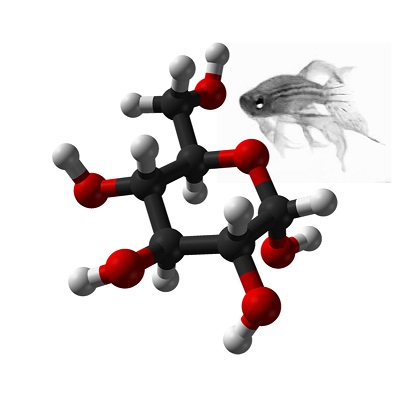M, Behymer, Mo H, Fujii N, , A. Chan, Lee J, Nath AK, et al. 2022. “Identification of Platinum(II) Sulfide Complexes Suitable As Intramuscular Cyanide Countermeasures”. Chemical Research in Toxicology.
Abstract
The development of rapidly acting cyanide countermeasures using intramuscular injection (IM) represents an unmet medical need to mitigate toxicant exposures in mass casualty settings. Previous work established that cisplatin and other platinum(II) or platinum(IV)-based agents effectively mitigate cyanide toxicity in zebrafish. Cyanide’s in vivo reaction with platinum-containing materials was proposed to reduce the risk of acute toxicities. However, cyanide antidote activity depended on a formulation of platinum-chloride salts with dimethyl sulfoxide (DMSO) followed by dilution in phosphate-buffered saline (PBS). A working hypothesis to explain the DMSO requirement is that the formation of platinum–sulfoxide complexes activates the cyanide scavenging properties of platinum. Preparations of isolated NaPtCl5–DMSO and Na (NH3)2PtCl–DMSO complexes in the absence of excess DMSO provided agents with enhanced reactivity toward cyanide in vitro and fully recapitulated in vivo cyanide rescue in zebrafish and mouse models. The enhancement of the cyanide scavenging effects of the DMSO ligand could be attributed to the activation of platinum(IV) and (II) with a sulfur ligand. Unfortunately, the efficacy of DMSO complexes was not robust when administered IM. Alternative Pt(II) materials containing sulfide and amine ligands in bidentate complexes show enhanced reactivity toward cyanide addition. The cyanide addition products yielded tetracyanoplatinate(II), translating to a stoichiometry of 1:4 Pt to each cyanide scavenger. These new agents demonstrate a robust and enhanced potency over the DMSO-containing complexes using IM administration in mouse and rabbit models of cyanide toxicity. Using the zebrafish model with these Pt(II) complexes, no acute cardiotoxicity was detected, and dose levels required to reach lethality exceeded 100 times the effective dose. Data are presented to support a general chemical design approach that can expand a new lead candidate series for developing next-generation cyanide countermeasures.
Last updated on 03/22/2023
